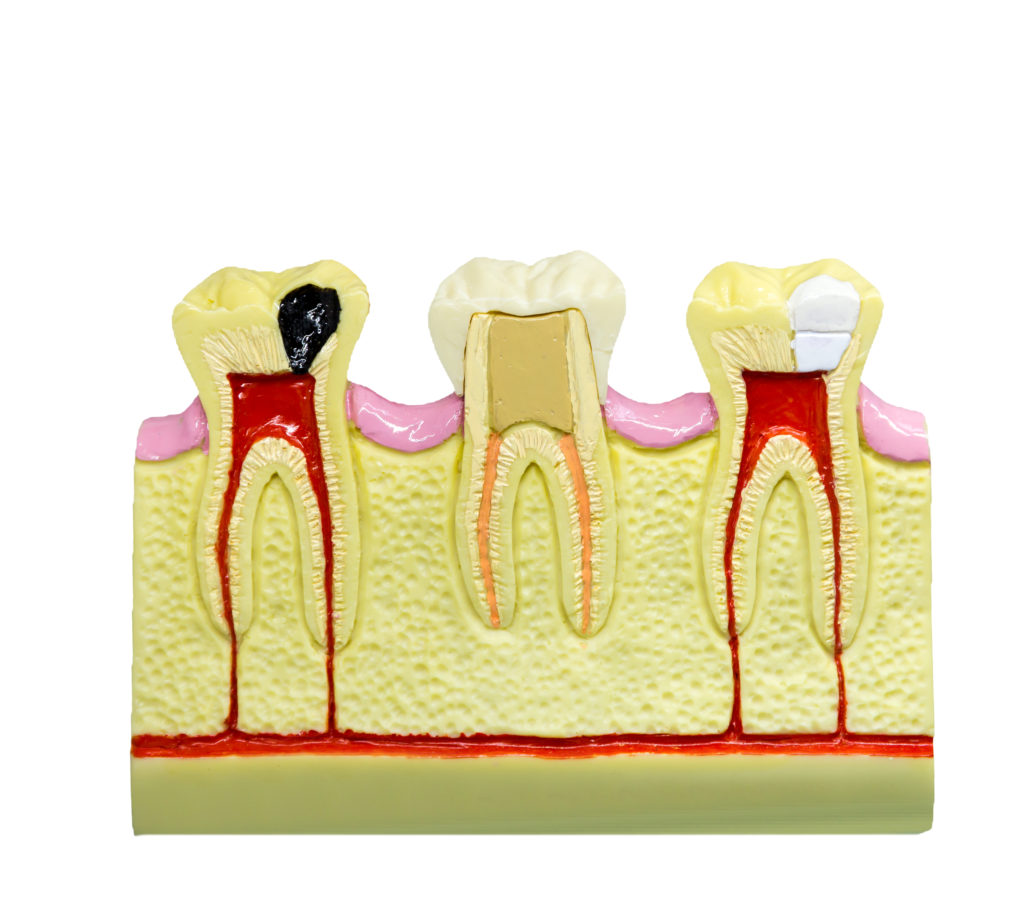Having an abscess in your mouth is never a fun experience. But even worse is not knowing if it is an abscess or not. Abscesses have a variety of causes, and symptoms to go along with it. Plus there is more than one type of abscess that you can develop. So how do you know if its an abscess, and if it needs to be treated professionally? According to the Mayo Clinic, “A tooth abscess is a pocket of pus that’s caused by a bacterial infection. The abscess can occur at different regions of the tooth for different reasons.”
Types of Abscesses
There are three main types of abscesses that you can develop. The main difference between the different types is where the abscess is located or develops in your mouth. Abscesses are the third most common dental emergency that occurs. Which is why knowing how to detect them early can save you from a dental emergency. Abscesses are mainly formed from bacteria sitting on a tooth too long causing it to take root and decay in the gums or teeth. As it spreads further, the type of abscess gets worse, and the treatment becomes more severe.
Gingival Abscess
A gingival abscess is the least severe abscess you can get because it is the most topical abscess. It is located on the surface of the gum and can be caused by damage done to the gum from food or something else getting stuck in the gum and getting infected. This type of abscess is the easiest to treat and if caught early it can be cured quickly. If it is not treated it can develop into one of the more severe abscesses.
Periodontal Abscess
This type of abscess forms deep in the gums. It can often be caused by preexisting gum disease or gum issues. Because it forms so deep in the gum, the pus does not have anywhere to drain and the abscesses circumference just grows deeper in the gum. If it not treated it can cause facial disease and infection. The periodontal abscess is harder to detect and treat compared to a gingival abscess because you cannot see it. It is often just mistaken as a toothache or cavity when the symptoms first show.
Periapical Abscess
Periapical abscesses are usually caused by cavities. When a cavity forms on the top of the tooth it leaves the tooth vulnerable to decay and infection. When the bacteria gets far enough down into the tooth that it hits the tooth pulp, an abscess will almost always form. The abscess sometimes forms around the tooth gum so that it is visible to the naked eye, but most tend to form deeper underneath the tooth, where you cannot see them. One of the main reasons that most people have their wisdom teeth removed is because wisdom teeth are highly susceptible to periapical abscesses.
Treatment
Any type of abscess needs to be treated as soon as possible, especially in children. If they are caught early, the treatment can be relatively simple. But when abscesses are left to fester and spread they can potentially cause long-term damage.


